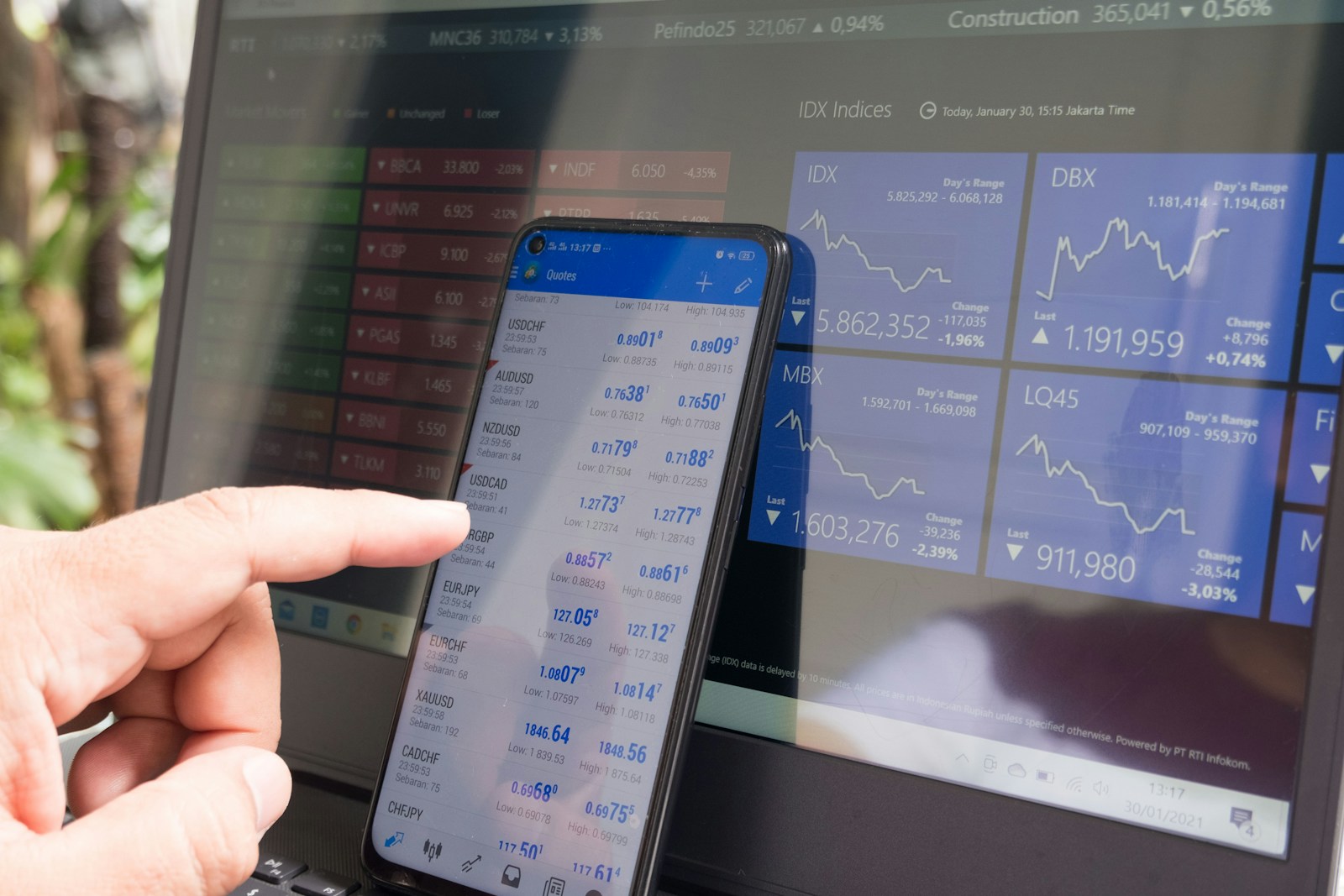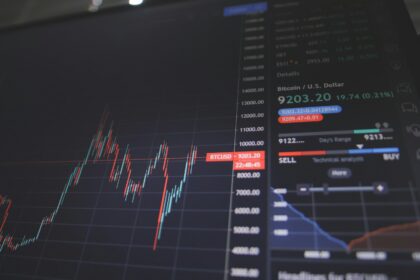Understanding the core mechanics of modern exchanges
Cryptocurrency exchanges have become the bustling marketplaces of the digital economy, where traders from all walks of life converge to buy, sell, and swap digital assets. These platforms function as intermediaries, matching buyers and sellers in a digital environment that operates around the clock, unlike traditional stock markets with their fixed hours. At the heart of any exchange is its order book, a real-time ledger that lists all buy and sell orders, determining the price of assets through supply and demand dynamics. For those new to the scene, starting with a reliable platform like PayPilot’s exchange can provide a straightforward entry point into this complex world.
The variety of exchange types adds layers to this ecosystem. Centralized exchanges, often abbreviated as CEXs, dominate the landscape by offering user-friendly interfaces and high liquidity, making them ideal for beginners. They handle the custody of users’ assets, which simplifies the trading process but introduces a level of trust in the platform’s security measures. On the other hand, decentralized exchanges, or DEXs, operate without a central authority, allowing users to trade directly from their wallets using smart contracts on blockchain networks. This peer-to-peer approach appeals to those who prioritize privacy and control over their funds, though it often comes with higher gas fees and a steeper learning curve.
Liquidity is another critical factor that defines an exchange’s effectiveness. High liquidity means tighter spreads between buy and sell prices, reducing the cost of trading and minimizing slippage, where the executed price differs from the expected one. Exchanges achieve this by attracting a large user base and listing popular assets, sometimes through partnerships with market makers who provide continuous quotes. However, in less liquid markets, traders might face significant price swings, emphasizing the need to choose platforms with robust trading volumes.
Beyond the basics, advanced features like margin trading and futures contracts have become staples on many exchanges. These tools allow users to amplify their positions using leverage, potentially increasing profits but also magnifying losses. Such features require a solid understanding of risk management, as the volatile nature of cryptocurrencies can lead to rapid liquidations. Exchanges that offer educational resources alongside these tools help users navigate these complexities, fostering a more informed trading community.
The regulatory tide shaping exchange operations
As cryptocurrency gains mainstream traction, regulatory frameworks around the world are evolving to address the unique challenges posed by digital assets. In regions like the European Union, comprehensive regulations such as MiCA aim to standardize operations, requiring exchanges to implement strict know-your-customer and anti-money-laundering protocols. These measures not only protect users from fraud but also lend legitimacy to the industry, attracting institutional investors who were previously deterred by uncertainty.
In contrast, some countries have adopted a more hands-off approach, creating havens for innovation but also potential risks for users. The United States, for instance, has seen a patchwork of state-level regulations alongside federal oversight, leading to a dynamic environment where exchanges must navigate a complex web of compliance requirements. This regulatory diversity influences where exchanges base their operations and which markets they serve, often resulting in geo-restricted access for users in certain jurisdictions.
The impact of regulation extends to user protection funds and insurance mechanisms. Some exchanges have established compensation schemes to cover losses from hacks or operational failures, building trust among their user base. However, the absence of uniform global standards means that traders must diligence platforms’ compliance status themselves, checking for licenses and audit reports to ensure their funds are safeguarded.
Looking ahead, the push for clearer regulations is likely to accelerate as governments recognize the economic potential of blockchain technology. Exchanges that proactively adapt to these changes, perhaps by integrating compliance tools directly into their platforms, will be better positioned to thrive. This regulatory evolution is not just about restriction; it’s about creating a stable foundation for sustainable growth in the crypto space.
Prioritizing safety in an unpredictable market
Safety remains a paramount concern for anyone engaging with cryptocurrency exchanges, given the history of high-profile hacks and scams in the industry. To mitigate risks, users should opt for platforms with proven security track records, including features like two-factor authentication and cold storage for the majority of assets. Regular security audits by third-party firms can provide additional assurance, revealing potential vulnerabilities before they are exploited.
Another layer of protection comes from understanding wallet management. While centralized exchanges offer convenience, keeping large holdings on them long-term is risky; instead, transferring assets to personal wallets after trades is a best practice. Hardware wallets, in particular, offer offline storage that shields funds from online threats, though they require careful handling to avoid loss of access keys.
Phishing attacks and social engineering tactics continue to plague the space, preying on users’ lapses in vigilance. Educating oneself about common scams, such as fake websites mimicking legitimate exchanges, is crucial. Always verify URLs and use official apps, and never share private keys or seed phrases with anyone. For comprehensive tools to manage your digital assets securely, consider exploring https://www.paypilot.org/.
Insurance and recovery options are emerging as key differentiators among exchanges. Some platforms now offer insurance coverage for user funds, backed by reputable underwriters, which can cover losses from specific incidents. While not foolproof, these measures add a safety net, encouraging more cautious participation in the market.
Emerging trends and the future of crypto trading
The cryptocurrency exchange landscape is continually evolving, driven by technological advancements and shifting user demands. One notable trend is the integration of artificial intelligence for predictive analytics and automated trading bots, which help users make data-driven decisions in real-time. These tools democratize access to sophisticated strategies previously reserved for professional traders.
Sustainability is also gaining prominence, with exchanges exploring eco-friendly blockchain networks to address concerns about the environmental impact of proof-of-work cryptocurrencies. This shift not only appeals to environmentally conscious users but also aligns with broader global efforts to reduce carbon footprints in tech-driven industries.
Cross-chain interoperability is another frontier, enabling seamless transfers between different blockchain ecosystems. This reduces fragmentation and enhances liquidity across platforms, potentially leading to more efficient markets. As these technologies mature, they could fundamentally alter how exchanges operate, fostering a more interconnected digital economy.
In conclusion, the world of cryptocurrency exchanges offers immense opportunities for those willing to navigate its complexities with care. By understanding the mechanics, staying abreast of regulations, prioritizing safety, and embracing emerging trends, traders can position themselves for success in this dynamic arena. As the industry matures, it promises to become more accessible and secure, paving the way for broader adoption and innovation in finance.





